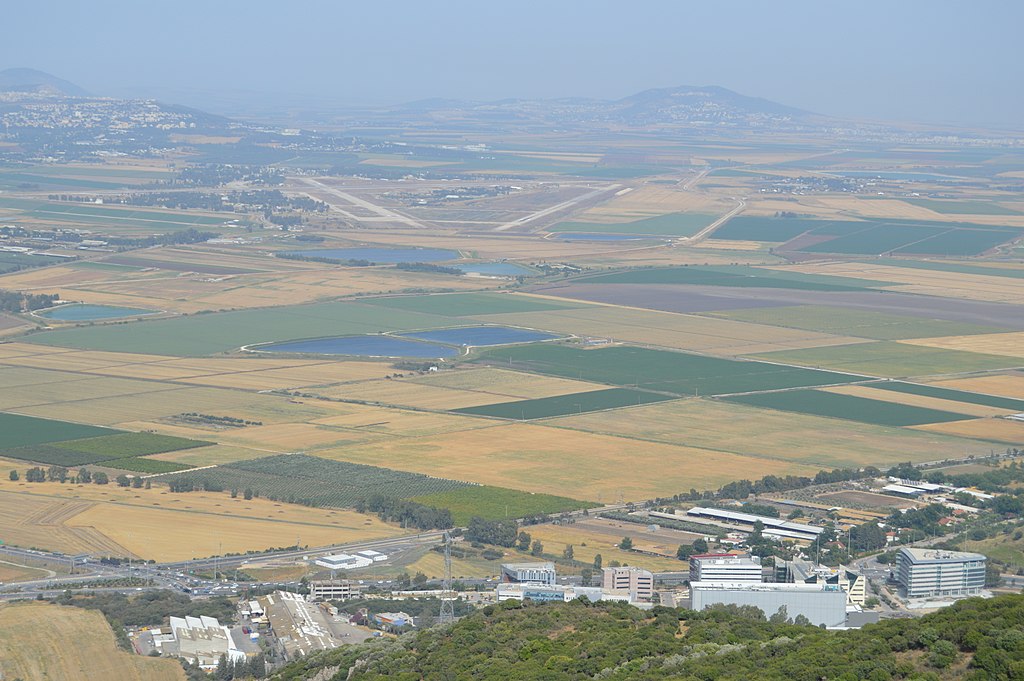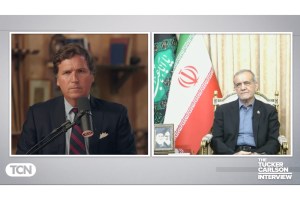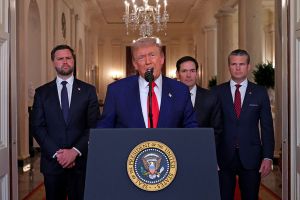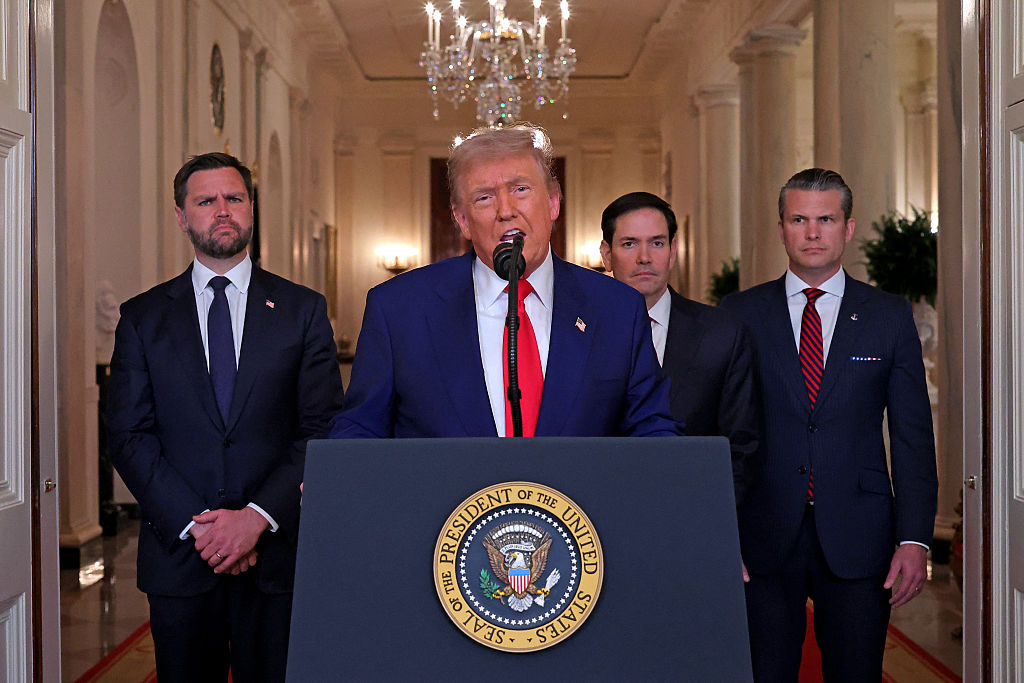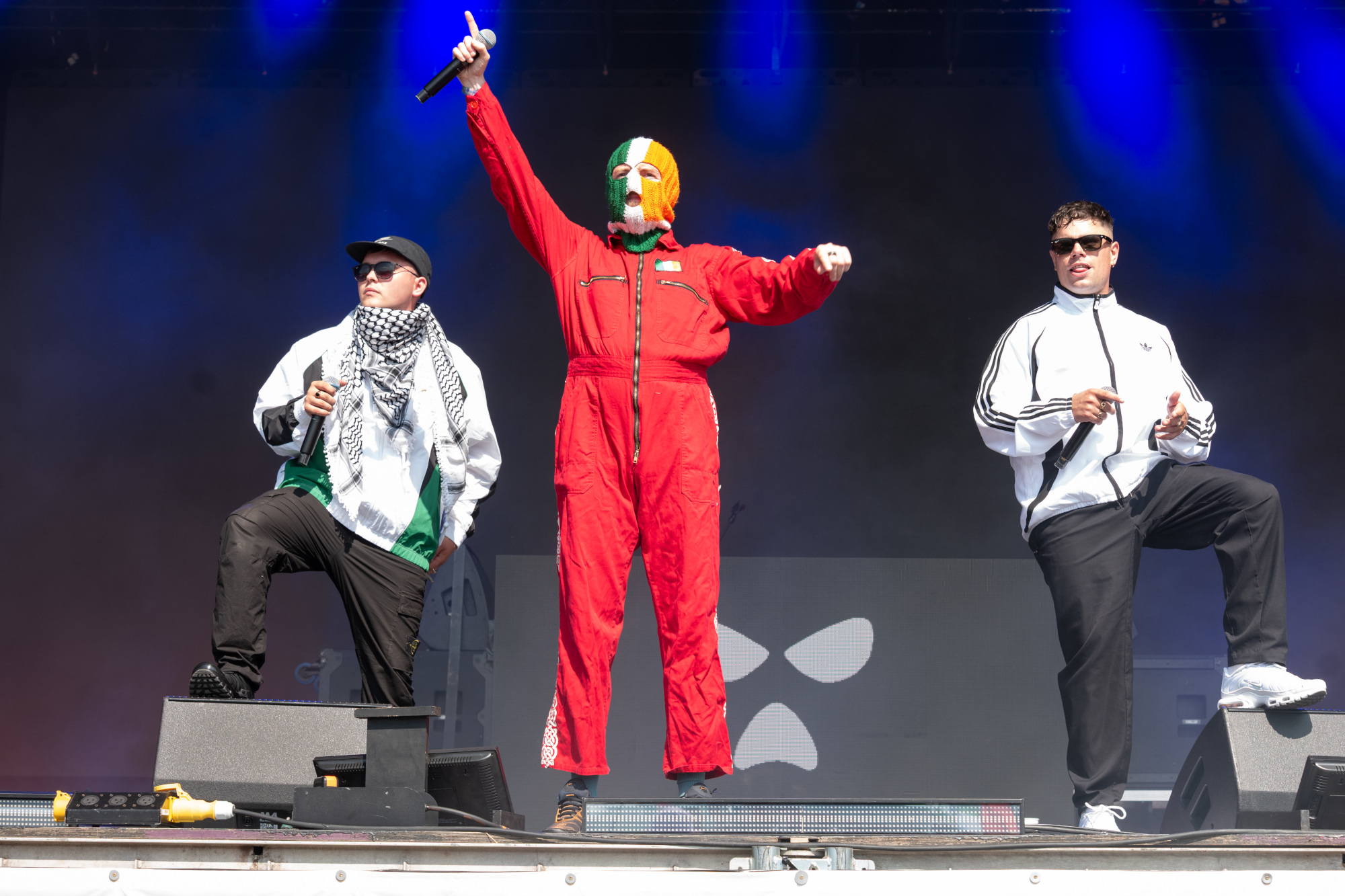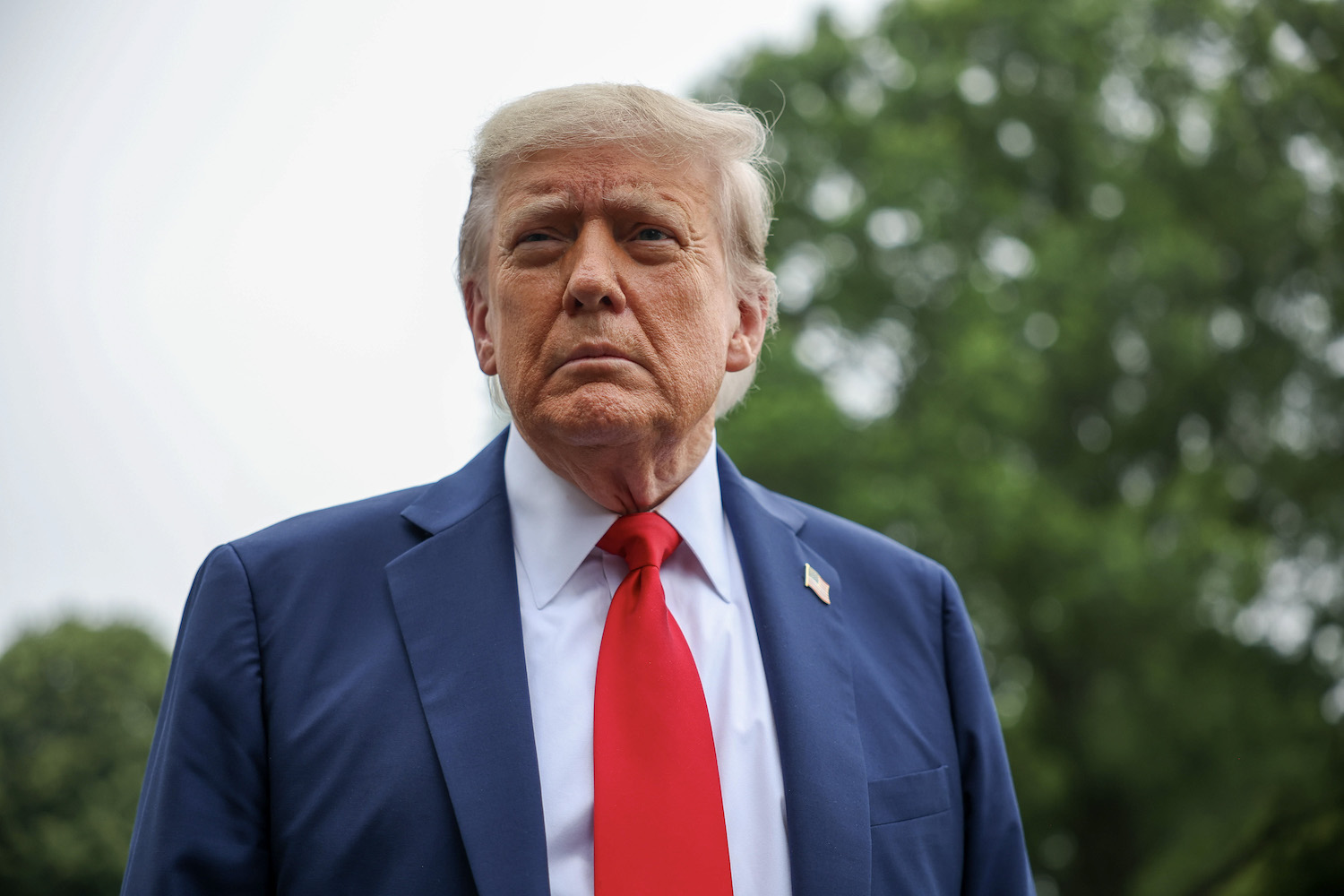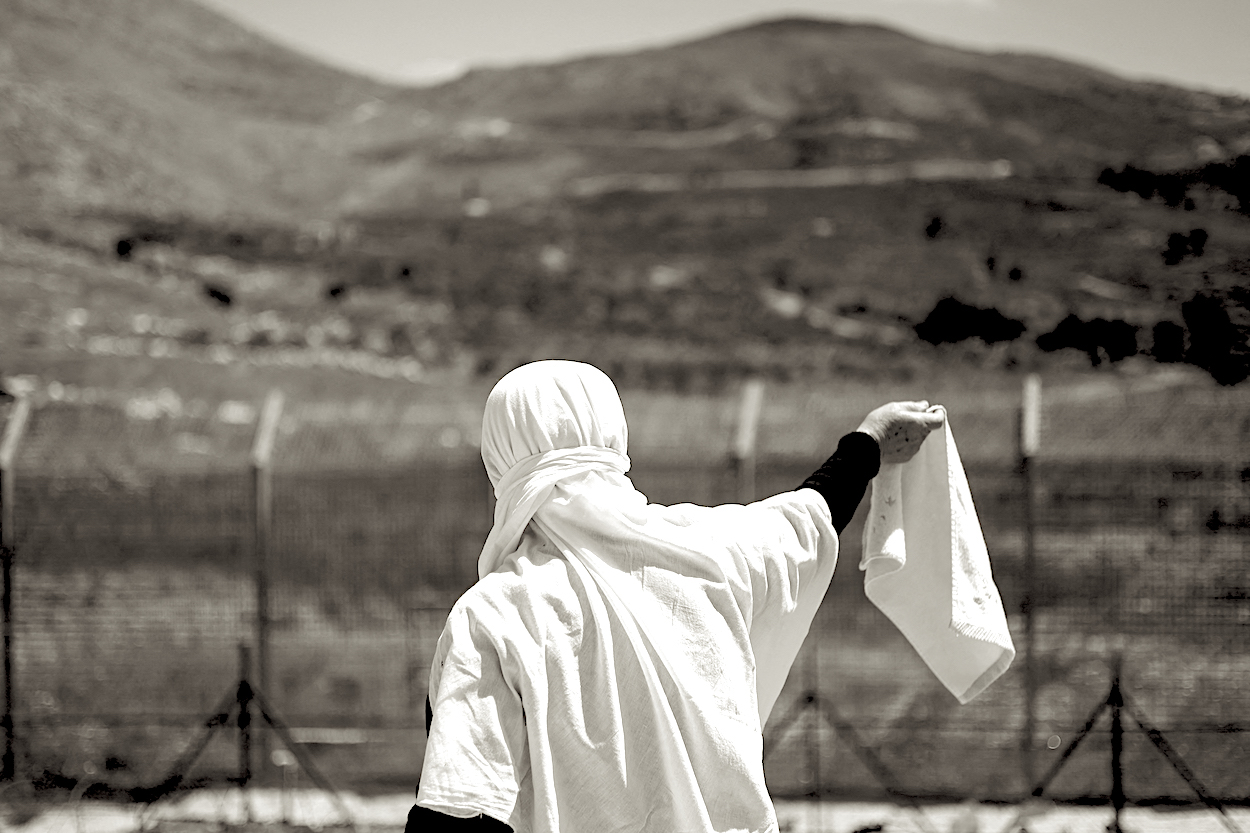James Henry Breasted, the founding director of the newly-established Oriental Institute at the University of Chicago, had been wanting to dig at Megiddo, the site of biblical Armageddon, ever since June 1920. It was Lord Edmund Allenby, hero of the Allied forces in the Middle East during World War One and victor of the battle fought at Megiddo in 1918, who convinced Breasted that he should begin a new series of excavations at the ancient site. ‘Allenby of Armageddon’, as he was frequently called though his official title was ‘Viscount Allenby of Megiddo’, had won the 1918 battle at the ancient site in part because of Breasted’s multi-volume publication, Ancient Records of Egypt, which appeared in 1906. In one of those volumes, Breasted translated into English the account of Pharaoh Thutmose III’s battle at Megiddo in 1479 BC. Breasted’s translation allowed Allenby to successfully employ the same tactics 3,400 years later.
Breasted was particularly interested in recovering the remains of two cities out of the many that lay, one on top of another, within the ancient mound. One was the city that had been captured by Thutmose III. The other was Solomon’s, which that ancient king had reportedly fortified during the 10th century BC, according to the Hebrew Bible.

After several frustrating and unfruitful years, Breasted was finally successful in raising funds for the excavation, procuring a grant of $215,000 from John D. Rockefeller, Jr.. It was for a five-year campaign: $55,000 for the first season, which included $15,000 for equipment and the construction of a dig house at the site and $40,000 for the actual season, plus $40,000 for each season thereafter. Breasted immediately cabled Clarence S. Fisher, an architect who had become one of the most experienced archaeological excavators of the day and who had recently resigned a position at the University of Pennsylvania Museum. ‘CAN YOU ACCEPT FIELD DIRECTORSHIP MEGIDDO EXCAVATIONS?,’ he asked. Fisher accepted the offer almost immediately.
When Breasted received the official permit for the excavations in August 1925, he forwarded it to Fisher. Two weeks later, the team members left the United States. Apart from Fisher, none of the other members of the expedition had any actual excavation experience. By September they had all reached the site and the process of surveying the ancient mound and building the dig house began. It went slowly, however, and unexpected problems arose, including malaria, which felled all of the members of the expedition, one by one. By early 1926, Breasted decided he needed to visit in person, to see what was going on.
When Breasted arrived at Megiddo in early March 1926, Fisher greeted him with good news. While the workmen were up on the tell gathering stones to use for the foundations of the new dig house, as Fisher had written in an earlier memo that they would be doing, they had found a broken piece of stone upon which were carved Egyptian hieroglyphics, including what looked like a pharaonic name in a cartouche.
The Chicago workmen found the fragment in a dump of dirt and stones that had been left during Gottlieb Schumacher’s excavations twenty years earlier. Schumacher was an American of German ancestry whose excavations at the site from 1903 to 1905 were sponsored by the German Oriental Society and the German Society for the Exploration of Palestine. It was not surprising that Schumacher’s team had missed it — although it was nine and a half inches (24 cm) tall and quite thick, the hieroglyphs were very worn and nearly unreadable at first, so that it looked like just another stone among many.

Breasted immediately translated the royal cartouche as belonging to Pharaoh Sheshonq, the Libyan pharaoh who founded the 22nd Dynasty of Egypt and ruled from about 945-920 BCE. He also realized that the fragment was obviously part of a much larger inscription, possibly a stele standing close to ten feet tall originally, and that they might yet find additional pieces which belonged to it. Breasted took this to be a most auspicious sign, an omen that levels dating to the Egyptian New Kingdom period did indeed lie within the mound, waiting to be revealed.
All of the later reports published by the Chicago team implied that they had discovered the Sheshonq fragment just before Breasted’s visit in March 1926. However, Daniel Higgins, the expedition’s surveyor, noted in private that it had actually been found four months earlier. As he wrote to Luckenbill, ‘Breasted did not seem too pleased that it had been resting here since last November without his hearing about it!’
Nevertheless, as mentioned, Breasted felt that this was a good sign, especially coming before the excavation had even officially begun. He subsequently penned a quick note to Fisher from his hotel in Haifa, asking him to keep news of the discovery quiet until a cable could be sent to their sponsor, John D. Rockefeller, Jr. Only then would they alert the press. Such a concern is noteworthy in reflecting the financial needs of an excavation beholden to its sponsor even back then, just as is frequently the case today.
Four days later, having moved on to Cairo in the meantime, Breasted wrote to D.D. Luckenbill, an Assyriologist back at the Oriental Institute, noting rather gleefully that Schumacher’s team had missed the fragment. Alerting as well John Garstang, the Director of the newly-established Department of Antiquities in British Mandate Palestine, he said that Fisher would be sending a report about the fragment and asked him to ‘keep the matter confidential for a short time’. He claimed that he still hadn’t yet sent the news to Rockefeller, ‘whose interest in Biblical history is such that he will at once appreciate the value of this find, and a first account of it to him will, I have no doubt, stimulate his interest in such researches in Palestine’.
In actuality, Breasted had already written to Rockefeller about the discovery. ‘This is a first greeting from the great mound covering the fortress of Armageddon,’ he began. ‘Our great task of clearing the huge mound is just beginning…’ He went on to tell the tale of how one of the Egyptian workmen had noticed the hieroglyphs on the stone fragment, which they then set aside until his arrival, and how reading it had transported him back to ‘a Sunday school in a little church on the far-off prairies of Illinois’.
However, news always spreads fast in the archaeological world, even back then, especially when a momentous discovery has been made. Garstang had already heard about the discovery of the fragment and told Breasted that, in the future, Fisher should keep him informed about ‘anything he wishes to keep quiet, so that I may know how to reply when “rumors” reach me’.
The Department of Antiquities in the British-run Palestine Mandate also realized the significance of the discovery. They took possession of the fragment when the finds from the season were divided between them and the expedition, as was supposed to be done just before the dig shut down each year, and took it to Jerusalem, where it is now in the Rockefeller Archaeological Museum (formerly the Palestine Archaeological Museum) in East Jerusalem. Why they wanted it, and what was its significance, can be stated fairly simply.
According to a very lengthy inscription that Pharaoh Sheshonq ordered to be carved onto a wall in a temple in Egypt, he had attacked and captured Megiddo among many other cities in the area. We know that this took place a few years before the end of his reign, about 930 BCE. Thus, the fragment overlooked by Schumacher’s workmen at Megiddo may corroborate Sheshonq’s boast that he had captured the city. In addition, to a number of scholars and members of the public it was even more important because of its biblical implications, for many today equate Sheshonq with Pharaoh Shishak, whom the Bible says attacked Jerusalem and other cities soon after the death of King Solomon, i.e., also approximately 930 BCE.
Breasted eventually wrote at length about the stone fragment, using almost the same words that he had written to Rockefeller:
‘On my first arrival at the mound after work had begun in the spring of 1926, Dr. Fisher informed me that a fragment inscribed with Egyptian hieroglyphs had been brought down from the top of the mound as a building block during the construction of the house. It was with considerable satisfaction on the first sunny day after the rains had diminished that I was able to make out the name of Shishak or Sheshonk I, in hieroglyphs very dimly glimmering from a badly weather-worn and almost illegible inscribed stone surface. As a lad in a country Sunday school, I had so often read the familiar words of the Old Testament historian in I Kings 14:25-26, that they came back to me very vividly as this record of the ancient conqueror’s name, found in the midst of ruins of one of his captured cities, slowly became legible.’
Eventually word got out to the wider world. In late June 1926, the St Louis Post-Dispatch ran a feature story about the find on page 2 of its Sunday Magazine supplement, complete with pictures of the fragment and of Megiddo, as well as Sheshonq’s inscription on the wall in Luxor down in Egypt, and a fine photo of Breasted himself looking very elegant and sophisticated. Although the article itself is full of erroneous information, the best part is a quote from Breasted, in which he states, ‘It was by mere chance that we came upon this stone. Already it had been thrown into the dump heap by a former expedition which I do not care to name.’
Momentous as the discovery of the Sheshonq fragment was, it would have been even more meaningful had the Chicago team found the inscribed piece of stone still in situ, or if Schumacher’s workmen had noticed it, whether built into a later wall or in its original context. As both Fisher and then Guy noted in their subsequent reports on their excavations at Megiddo, it might then have been possible to tell which city at Megiddo dated to the time of Sheshonq. By extrapolation, we would then also know which city at Megiddo was the one that Solomon built.
However, since Schumacher’s workmen had simply thrown the inscribed fragment into a spoil heap of dirt and other stones by the side of one of their trenches, there was no record of the level or strata in which it was actually found. In his 2003 book on Megiddo, Tim Harrison noted that this findspot was most likely near what is now the Northern Observation Platform at the site. In 2014, the Tel Aviv University team conducted excavations in this area, but no further fragments of the original inscription were found. Despite Breasted’s optimistic statement to Luckenbill that ‘It is not impossible, indeed probable, that the remnant containing a narrative of his [Sheshonq’s] Palestinian campaign may still be lying in the mound awaiting our excavations’, no other piece from this monument has ever been found.
Eric Cline’s Digging Up Armageddon: The Search for the Lost City of Solomon is published by Princeton University Press. Archival material and quotations are reproduced by permission of the Oriental Institute at the University of Chicago, the Israel Antiquity Authority and the Rockefeller Archive Center in Sleepy Hollow, New York.



